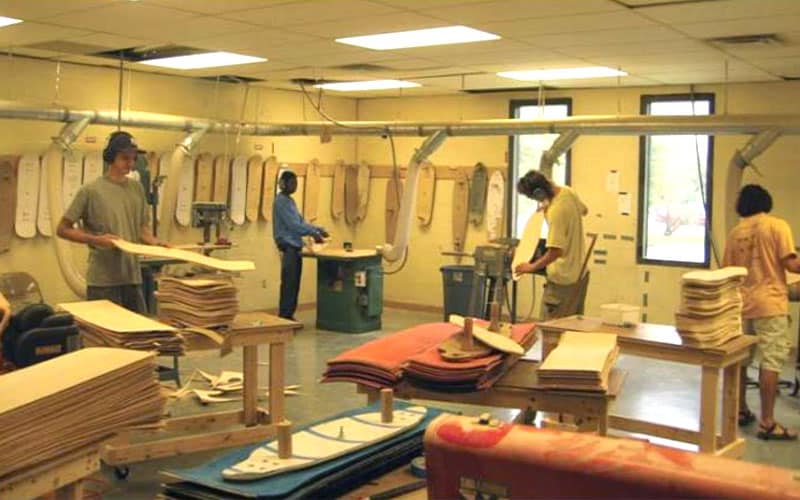Tom Sims was a visionary boarder who never lost his love for riding. He was the embodiment of pure stoke. During his life, he was at the forefront of skateboarding, longboarding, snowboarding, and wakeboarding.
I highly recommend reading his 1976 SkateBoarder interview.
Here’s an interview we did with him back in 2012, which was originally published in Concrete Wave Magazine Vol 10 No 4.

Discovering Skateboarding
I was born in 1950. Early on, like any kid, I was always zipping around on my bicycle. In 1960 I was on a summer vacation visiting my grandparents in Los Angeles. I didn’t know what a skateboard was. I saw half a dozen kids going down the sidewalk.
I was absolutely in a trance. I wanted to do this.
I ran to my grandmother’s garage, which was a rat’s nest full of junk, and found some old rusty roller skates and took them apart. I nailed them to a 2×4 and went out and tried it.
Unfortunately, it didn’t really, work. Some of the kids had metal-wheeled skateboards and some had fancy clay/composition wheels. I asked the kids with the fancy clay wheels where I could purchase them. They told me that Sears and Roebuck on Pico Blvd.
So I ran in the house and begged my dad to get a skateboard. He did; and from that day forward I lived on my skateboard. I just loved it beyond belief. By the end of the second day, I was as good as any of the kids out there on the sidewalk. I just found something I really loved to do.
When I returned to New Jersey with my skateboard, my friends didn’t know what it was. For a while I was the only guy out there. You couldn’t buy skateboards on the East Coast. I was just extremely lucky. It was the first summer you could buy clay wheels. The composition-wheel board I got was one of the first. This was before Makaha.
Three years later I picked up a Hobie skateboard. Unfortunately, the trucks broke; the metal was extremely weak. I also had some Chicago trucks, which proved to be much more durable, so I used them. I never put my skateboard away all throughout the 60s.
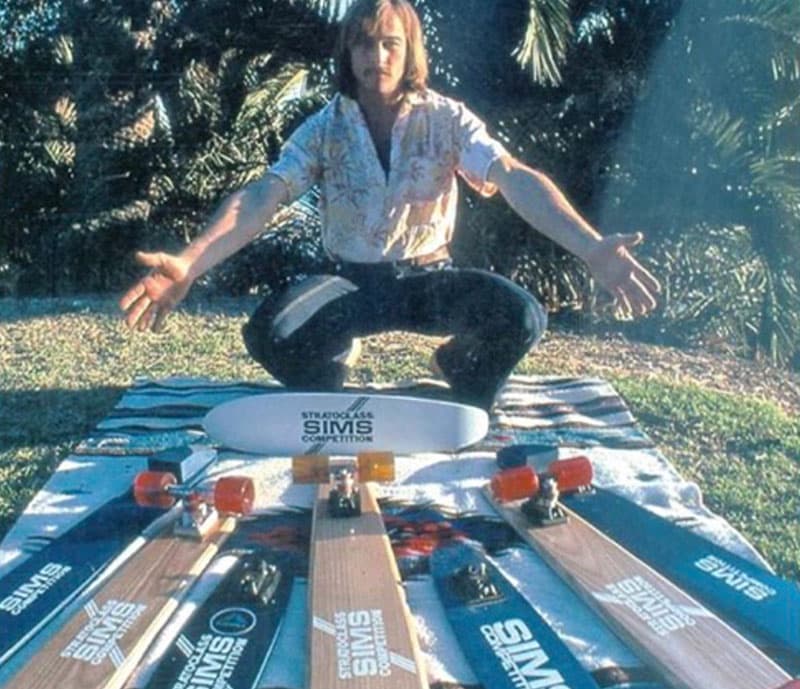

Tom’s Parents
My dad had been a surfer in the late 1930s, and I think he saw the connection between surfing and skateboarding. He never questioned the wisdom of me buying a skateboard.
My mom never worried about me skateboarding either.
From a very early age, they encouraged me with my skateboarding and my experimenting. I just skated all the time. I think my parents letting me do this was pretty cool, since I grew up in a pretty conservative town.
Getting Arrested For Skateboarding
In the early 1960s, I got arrested in New Jersey for skateboarding. The police questioned me as though I was some crook. I was skating in the street, and some lady must have called the cops, thinking I was a nuisance.
Remember, skateboards were not available on the East Coast. So for the first few years, it was an unknown device.
Surf-Inspired Longboarding
By the mid-60s I was getting very interested in surfing. In 1965 I rented a 10′ surfboard. The next year, my dad bought me a surfboard of my own. My hero was Mickey Dora.
This is when I started longboard skateboarding. All I did was skateboard on my 4′ rectangular longboard. I wanted to hang ten and walk the board and drag the tail.
My friend Don McKay and I were riding 48″ boards. They felt so normal and so right to us. It felt like surfing on the street. I have just always loved longboards. When I started selling longboards in the 70s, the only people interested in them were surfers.
Experimenting With Wakeboarding
It was probably 1967 when I was towed behind a boat in New Hampshire on a surfboard.
This was not my idea. Guys were doing this in San Diego – folks like Joey Cabell and Mike Doyle.
Later I moved to Santa Barbara and bought a Boston Whaler boat. When the surf and the fishing weren’t good, I would get towed on my 7’6 longboard.
I decided to improve upon things. Since flotation wasn’t a factor, I could make it thinner, and this would enable me to make harder turns. I designed a board specifically created to be towed by a rope. I still have the prototypes in my barn.
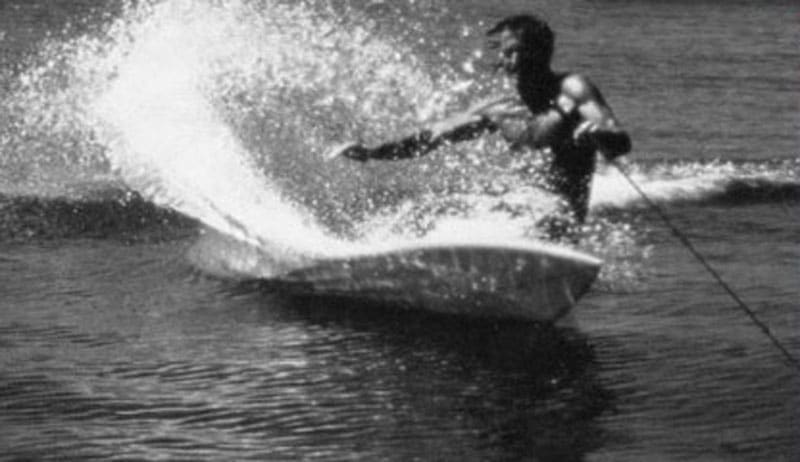
Moving To Santa Barbara
In 1971 I moved to Santa Barbara, California and just continued with my lifestyle, which was skateboarding, surfing and snowboarding. I was living a boarding lifestyle 12 months out of the year.
Building skateboards was a way for me to maintain this lifestyle. I didn’t get into making longboards to become a millionaire, I got into it to continue skating and surfing.
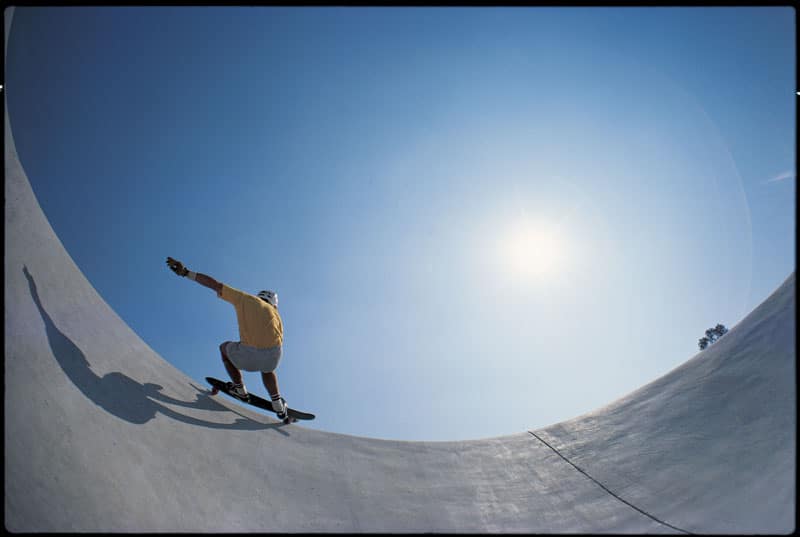
First Experience In The Skate Business
One day a wealthy guy named Herb Clark saw me on Hot Springs Road in Montecito. He pulled up in a fancy car and asked me to help him with his skateboard business. It turned out that Herb was in the process of getting the Makaha license from Larry Stevenson. He hired me to help him.
He asked me if I felt it was worth paying Larry a royalty of 50 cents a deck. This was before I had made a skateboard professionally. I told him that Makaha was hot in the 60s, but I wasn’t sure what it was worth today.
I went to Chicago in 1973 with Herb to man his booth for Makaha Skateboards at a trade show. Not one dealer stopped by our booth other than to laugh at our skateboards. This was my first experience in the world of skateboard business. The dealers all looked at it as a fad – as a dead sport from the 1960s.
Building & Selling Longboards
I came back to California and kept building my longboards. Eventually people started asking for them. Al Merrick from Channel Islands Surfboards asked for some to put on his shelves. I wasn’t selling longboards to gain commercial success. I just loved longboards, and there were a few other people who loved them too.
I think the first couple of guys who got good on longboards were Ed Economy and Brad Strandlund. They were riding 4′ skateboards in pools. I was happy to see longboarding get to that stage.
The problem was I couldn’t keep up with orders. I couldn’t build them fast enough. So I started jobbing out some of the work. At the time, I lived in a $50 a month adobe hut. My skateboard factory was outdoors. I had to put them away in bad weather.
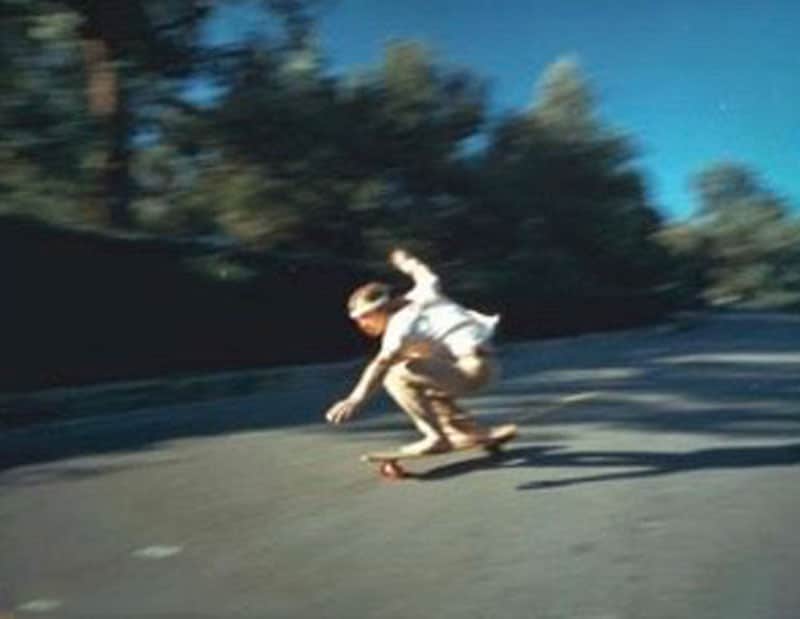
How Sims Skateboards Started
I was at a skate contest and a guy approached me and asked if I was interested in having my own skateboard company. He had all the details worked out in advance.
He handed me a check for $15,000.
I was hesitant and asked him what the deal was all about. It was at the beginning of my enterprise. That money was the seed money.
It turned out this guy was Bill Tanner who owned FTR Fasteners. He wanted me to buy all the nuts and bolts from his company. I was in the right spot at the right time. He put up the money so I could start selling fiberglass boards like Bahne.
I spent a year in Whittier making boards. Bill introduced me to a guy from a company called Poly Wheel that was making urethane wheels. This was at the time the first precision wheels were coming out. My first wheels were designed for precision bearings, and I got in on the ground floor of that whole market.
I mean, skateboarding was kind of my religion, so I think that’s why I was in the right place at the right time. It put me on the cutting edge of the sport.
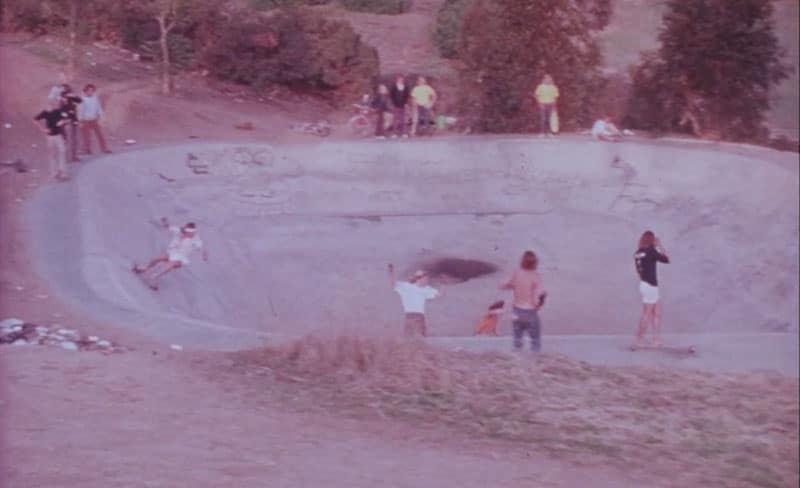
Stacy Peralta & Filming
One day I was hiking in the mountains of Montecito and I came upon an empty cement reservoir called the Tea Bowl. It had a bunch of junk in it, so I recruited many helpers. We spent a day cleaning it out and ended up discovering this incredible terrain right near my house.
That was another reason I guess I was lucky.
Stacy Peralta came up there and couldn’t believe it. It was just a real, neat thing to have so close to my house.
I was featured longboarding in a number of films. I was in Freewheelin’ with Stacy Peralta.
I was also in the film Skateboard and in Five Summer Stories. I even got on the Merv Griffin show. I figured with all this exposure, people would realize how much fun longboarding was. But so few people embraced it early on.
It just baffled me. It didn’t bother me because I was going to longboard no matter what. But it was surprising.

Adapting To The Market
I had to go along with what the market wanted, and 95 percent of the market wanted vert boards.
I couldn’t go against that.
I built what my team riders wanted. Every contest was vert. It was a situation in which the longboard market was just too microscopic. Once vert took over, the whole longboarding scene fell off the map.
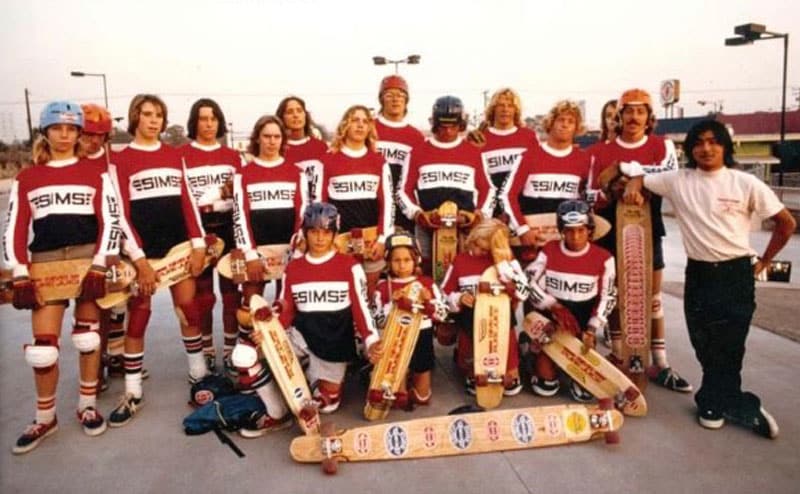
Skateboard Licensing To Vision
In 1981 I was so busy trying to get snowboarding off the ground that I licensed my skateboard brand to Vision. I was making longboards up to that point, along with performance vert boards. It was a full spectrum of equipment.
But when I licensed my name to Brad Dorfman (owner of Vision) he decided not to continue with the longboards because the market was so small. Vert was everything.
During that time, Steve Rocco was our guy on the cutting edge of freestyle, and yet vert was so dominant. Steve became disgruntled with the vert scene and went on to create World Industries with Rodney Mullen.
Even before I moved to Vision, I made a street wheel that was Rocco’s signature wheel. Steve had a vision for skateboarding that very few people shared. For me street skateboarding was all about longboarding. But for Steve Rocco, it was about doing ollies and tricks.
The sport was moving in a different direction.
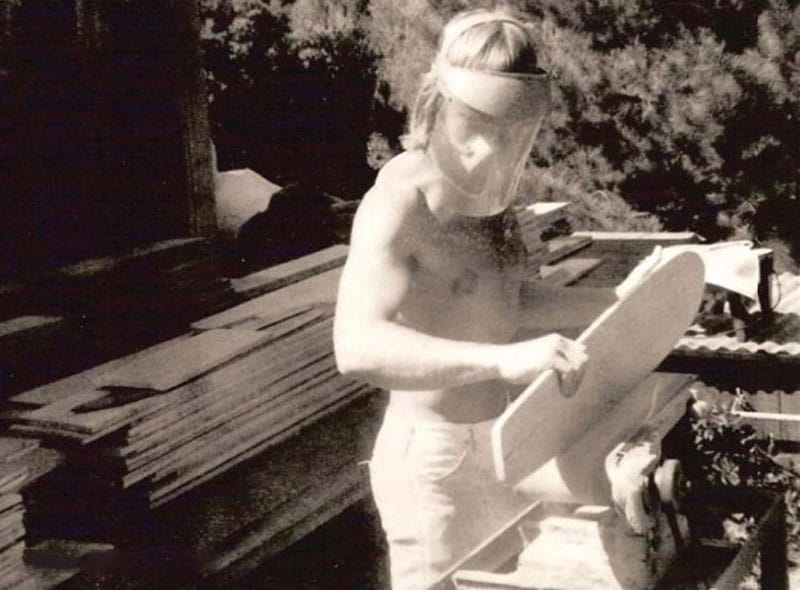
Staying True To His Roots
Back in the late 80s and early 90s, I was trying to convince my own people that we needed to relaunch Sims Skateboards, but making longboards only. I saw the tie-in with surfing and snowboarding. My people were like, “No, no, no. Snowboarders aren’t interested in skateboards.” It was funny that I couldn’t find anyone in my own organization who shared my passion for longboards. It was a licensing agreement, so I thought that this would help the licensors.
I was also excited about wakeboarding, and I couldn’t convince anyone to look at that, either.
It’s true; even when Sims was going full bore, no one could get interested in wakeboards.
I was surrounded by so many marketing guys that just never shared my vision. But I am pleased to see how big longboarding has become. Its been satisfying to watch it grow.
I feel completely vindicated on snowboarding. I was ridiculed for the first 20 years. I was never ridiculed for longboarding in the 70s, but it is funny how the sport didn’t take off.
I always stayed true to what I loved to do.
Thoughts On Finances
What I do regret is not having a big interest in money. It worked against me. If I had been interested in money instead of just having fun snowboarding, surfing and longboarding, then I probably would have found the money to run my enterprise.
I never could get a bank interested in my ideas. When I went to a bank with my ideas about snowboarding, they said, “You gotta be kidding.” When I went to them again to discuss wakeboarding, they said it was a fad like windsurfing and would go away.
I didn’t mingle with millionaires and billionaires. So I didn’t have anyone around me who could put up the capital. In hindsight, I wish I had met someone with some brains and some money.
The Success Of Others
So many of today’s success stories in the board-sports world were on the Sims skateboard or snowboard teams. I never wound up going into business with them.
The only explanation I can think of is people thought, “Gosh, if Sims, who just surfs and skates, can do it, I can certainly do it.”
Steve Rocco builds World Industries. Pierre Andre creates a several-hundred-million-dollar skateboard shoe company. Tod Swank creates Foundation and now owns Watson Laminates. Dave Swift becomes a success in magazines. Brad Steward starts Morrow Snowboards.
I wish I could have kept some of them on board to help with the business. I had a factory that was churning out board-sports success stories.
Thoughts On Craig Kelly
I was grooming Craig to be my right-hand man and become president of Sims Snowboards. All that I knew about the sport I had shared with him.
He said, “Look, I need to finish my engineering degree.” I was thinking, this is going to be awesome because normally engineers don’t have a head on their shoulders when it comes to marketing.
I knew that snowboarding was going to be big someday.
When Burton recruited Craig away from me with grand enticements, it was a huge blow to Sims Snowboards. Craig had a huge wealth of knowledge, and all that information flowed right into Burton.
Overnight, their organization understood the sport. Prior to that, Burton had been anti-half pipe and pro-downhill. Overnight they figured out high-back bindings and that the halfpipe was actually cool.
Craig was a visionary, and when he left, he created the biggest enterprise in board-sports history.
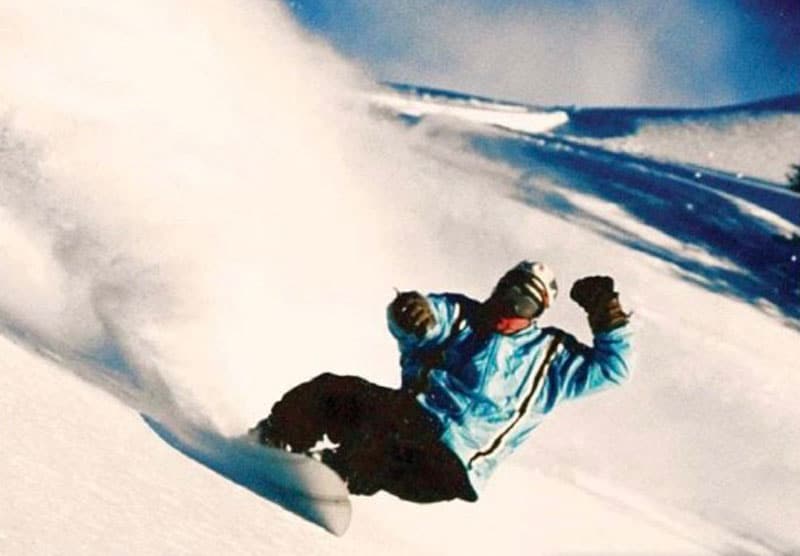
The Future Of Longboarding
How cool would it be if ski hills made part of their mountains asphalt runs for longboarders? You could take the chairlift up the mountain. You could have runs with banked turns. Paving these runs would be an awfully neat thing.
Tom Sims passed on September 12, 2012. Rest in peace to an absolute legend.

